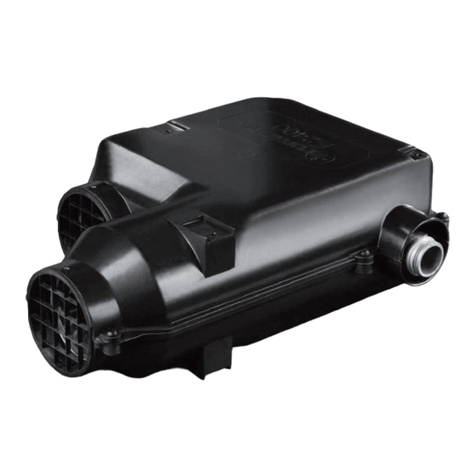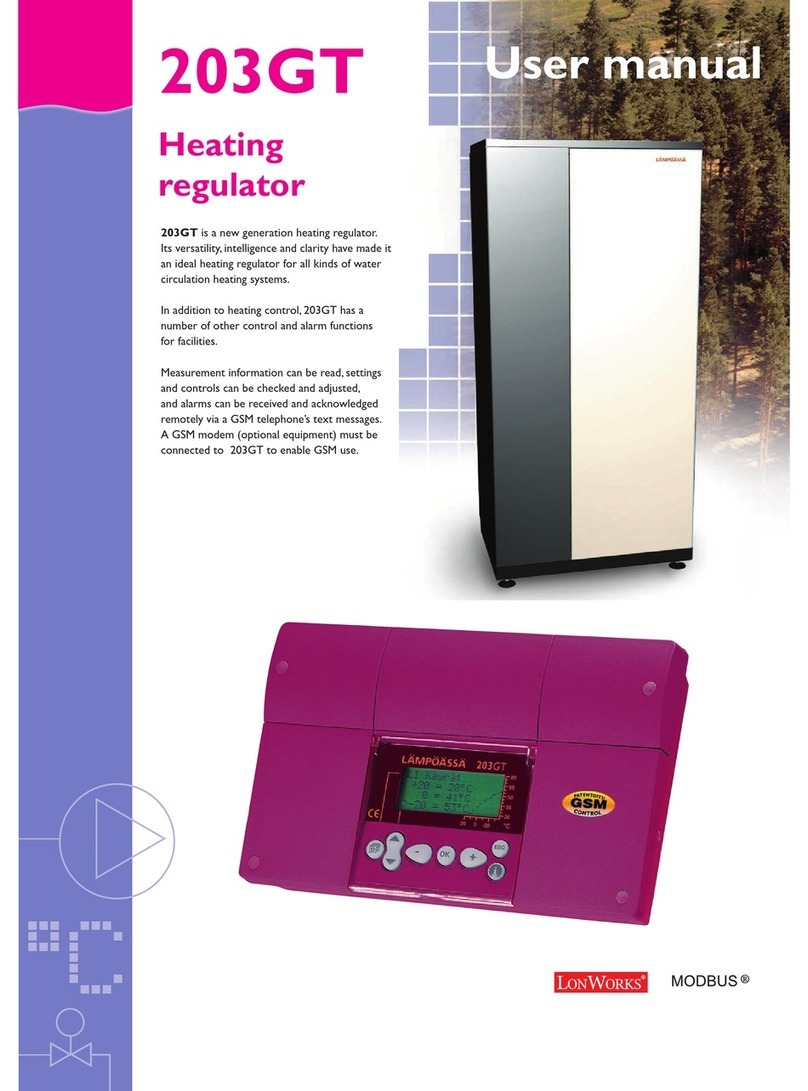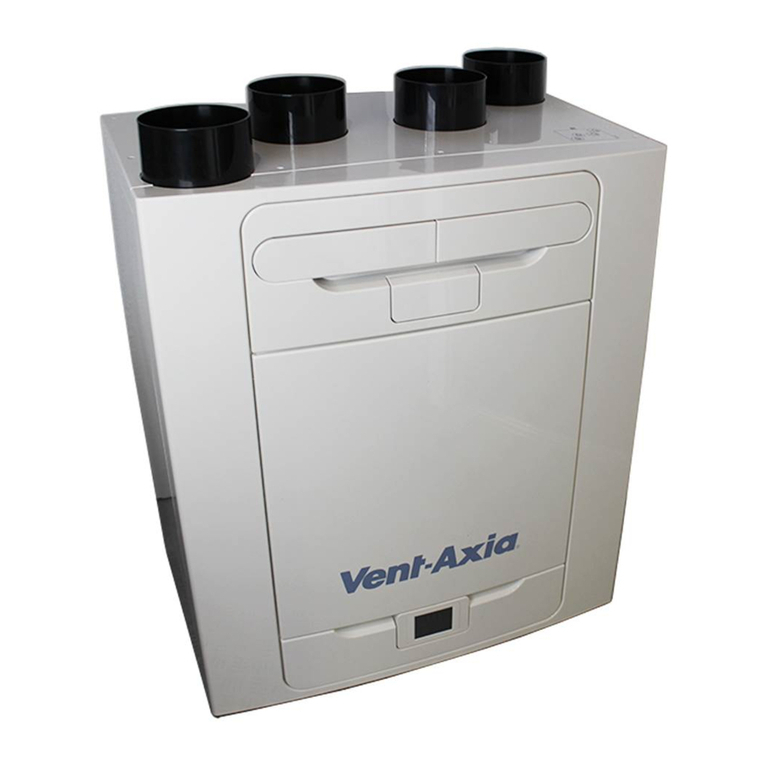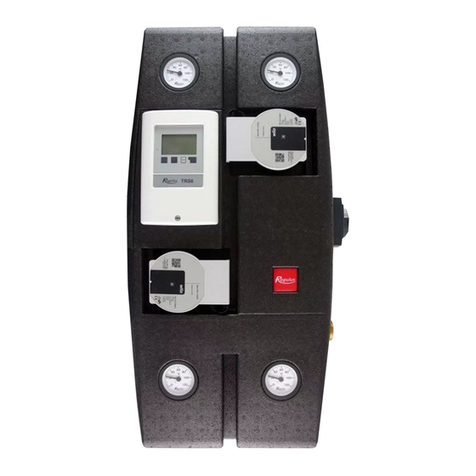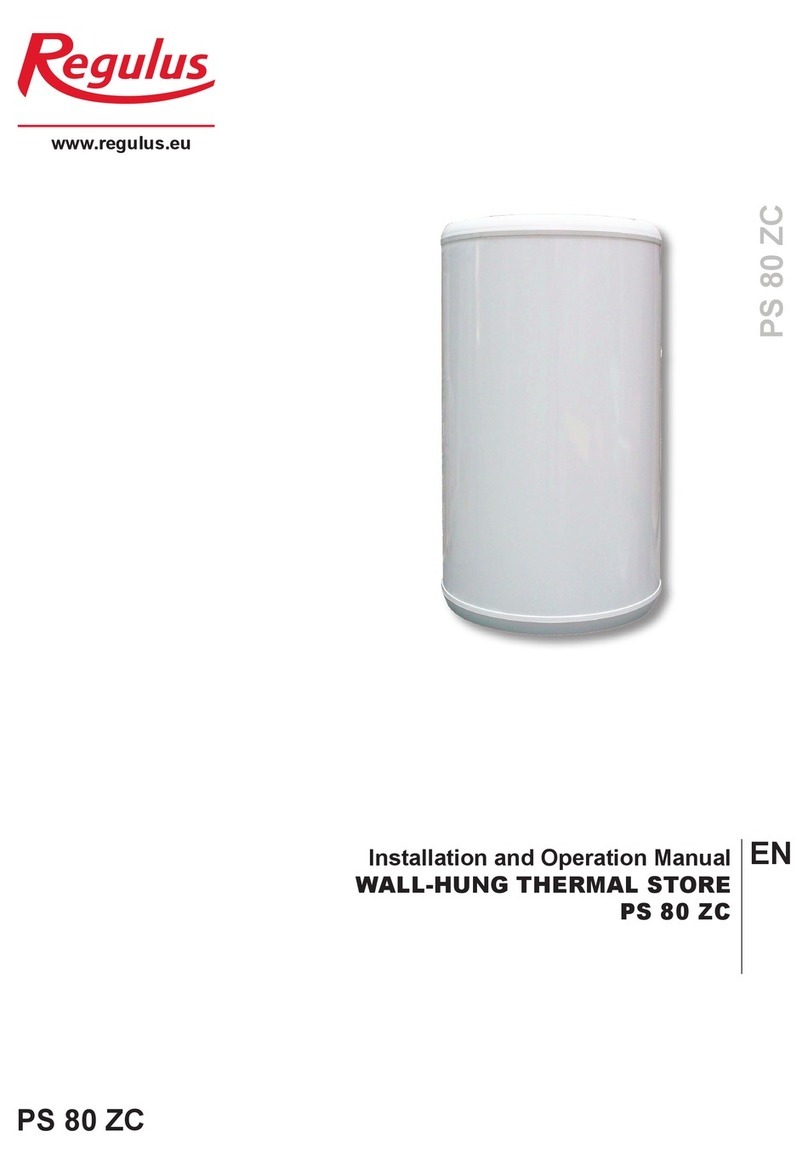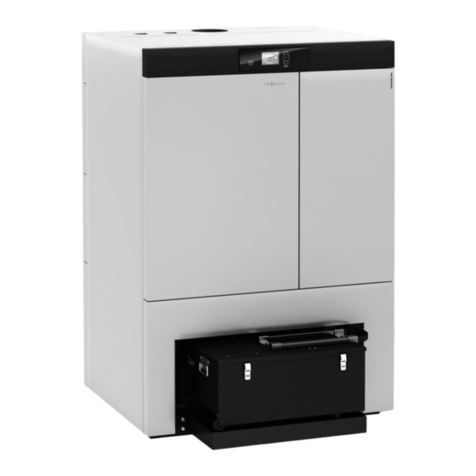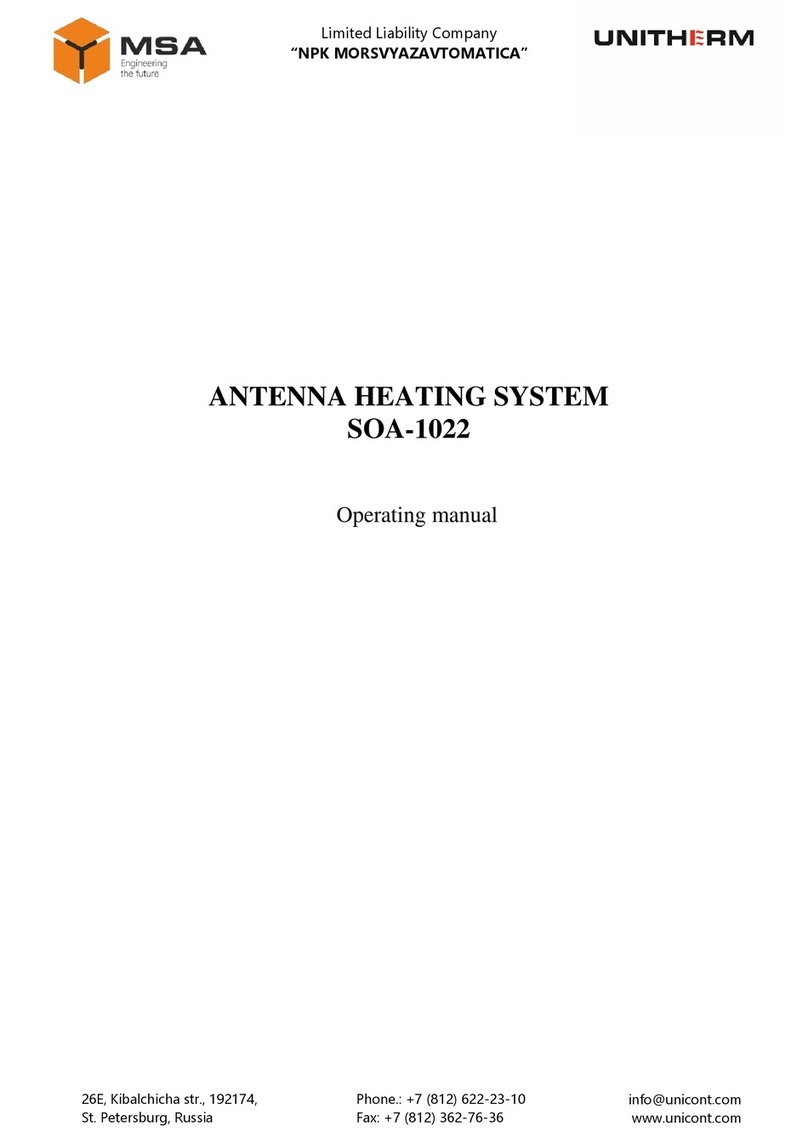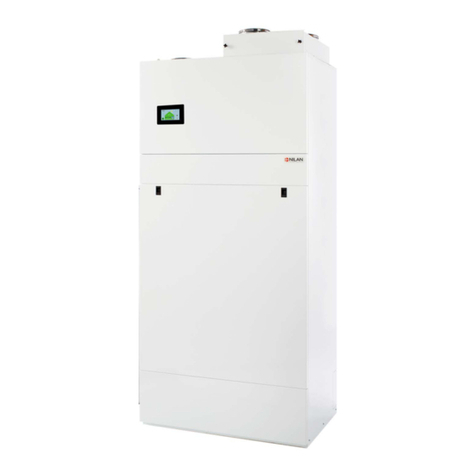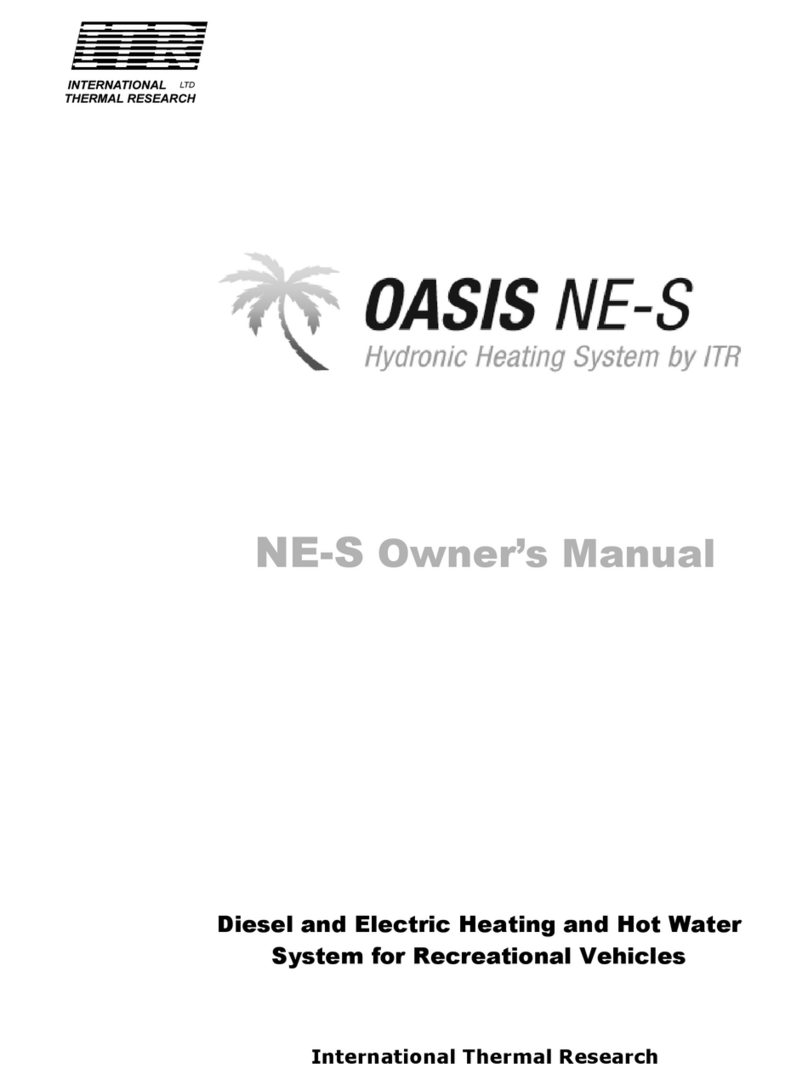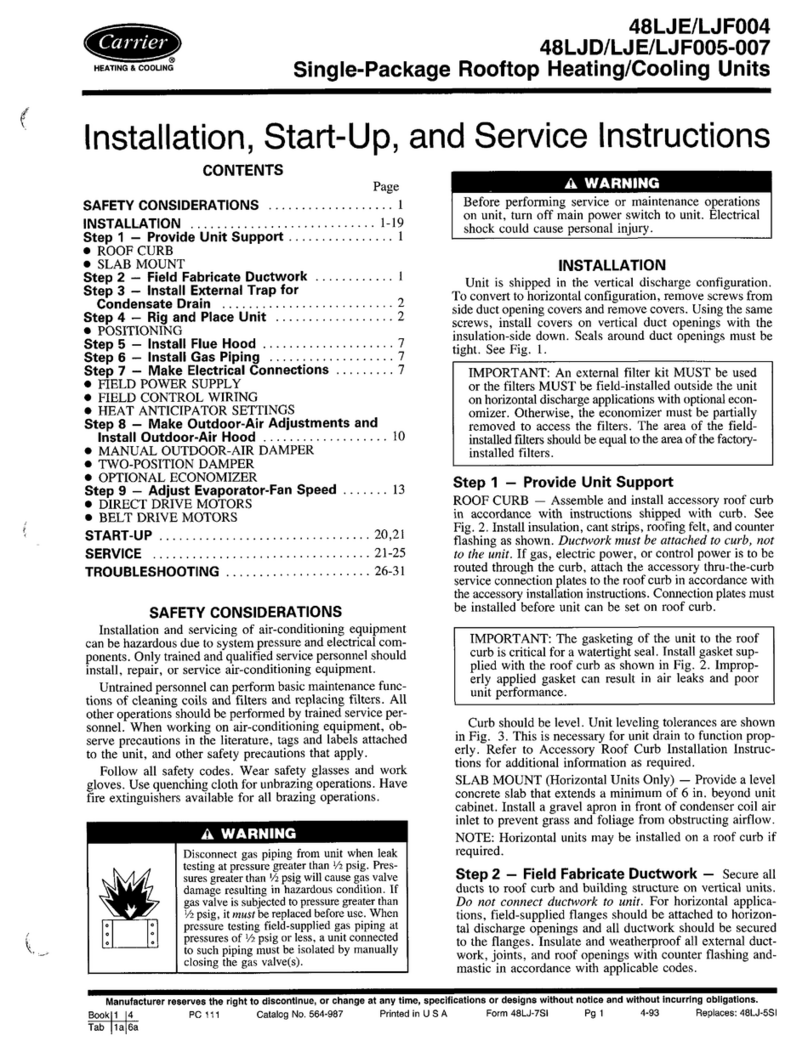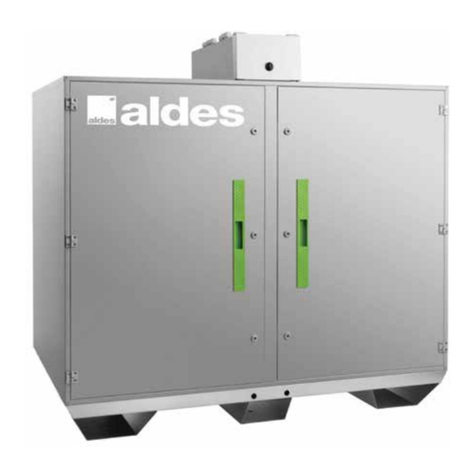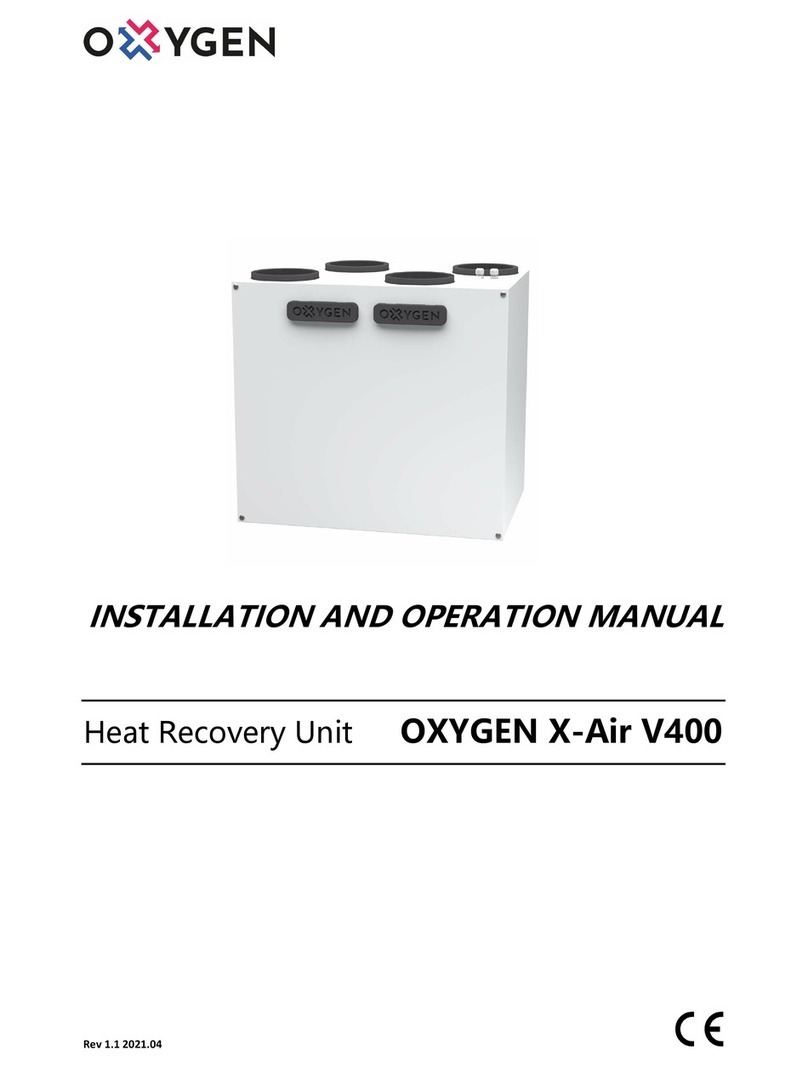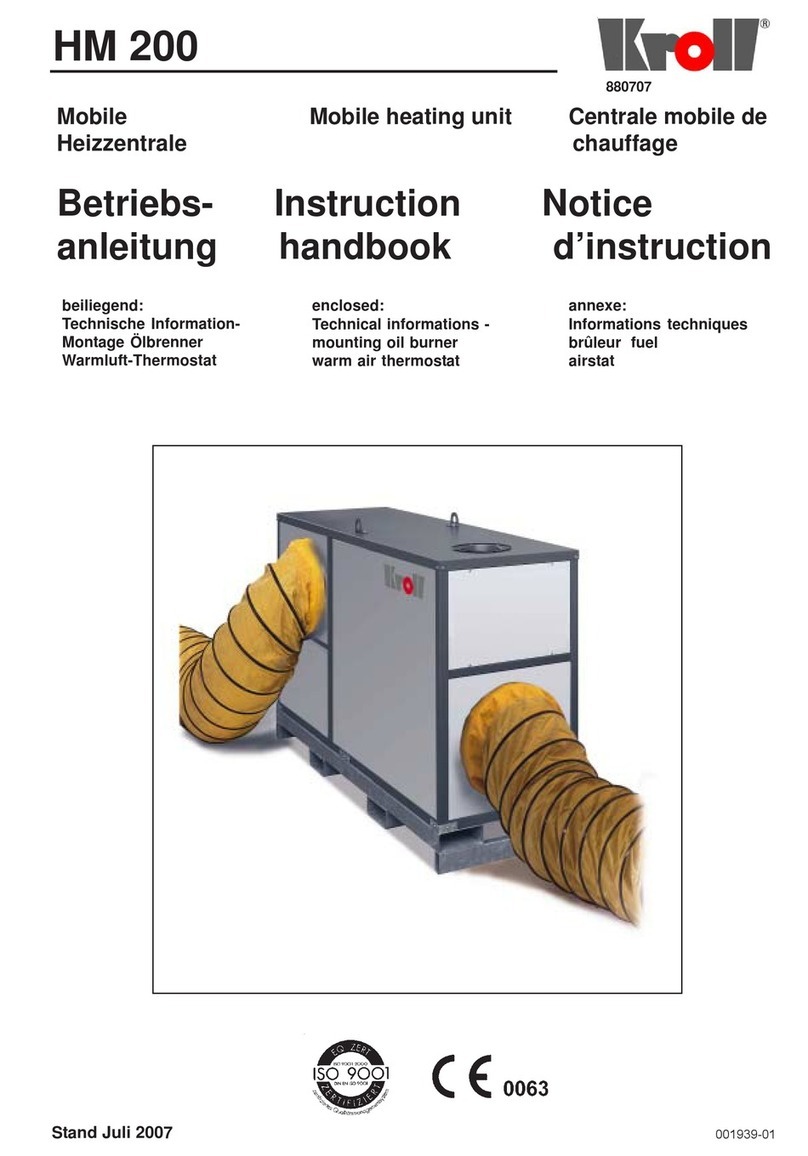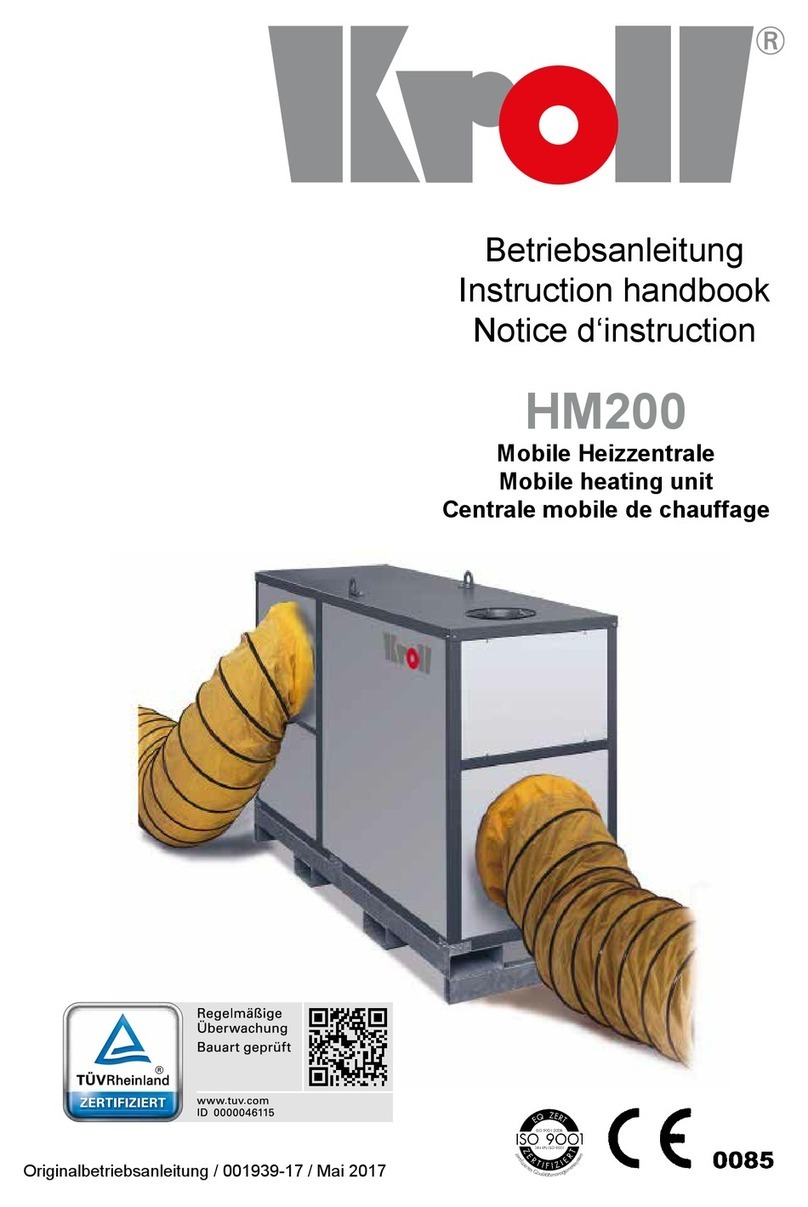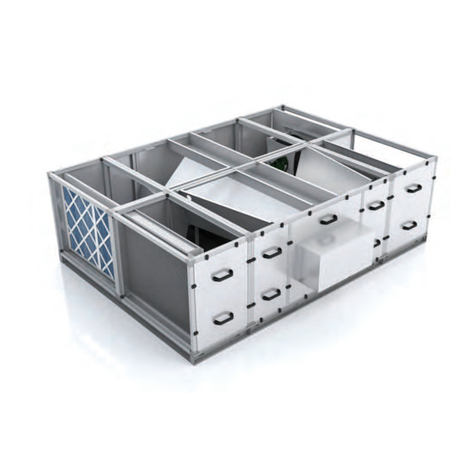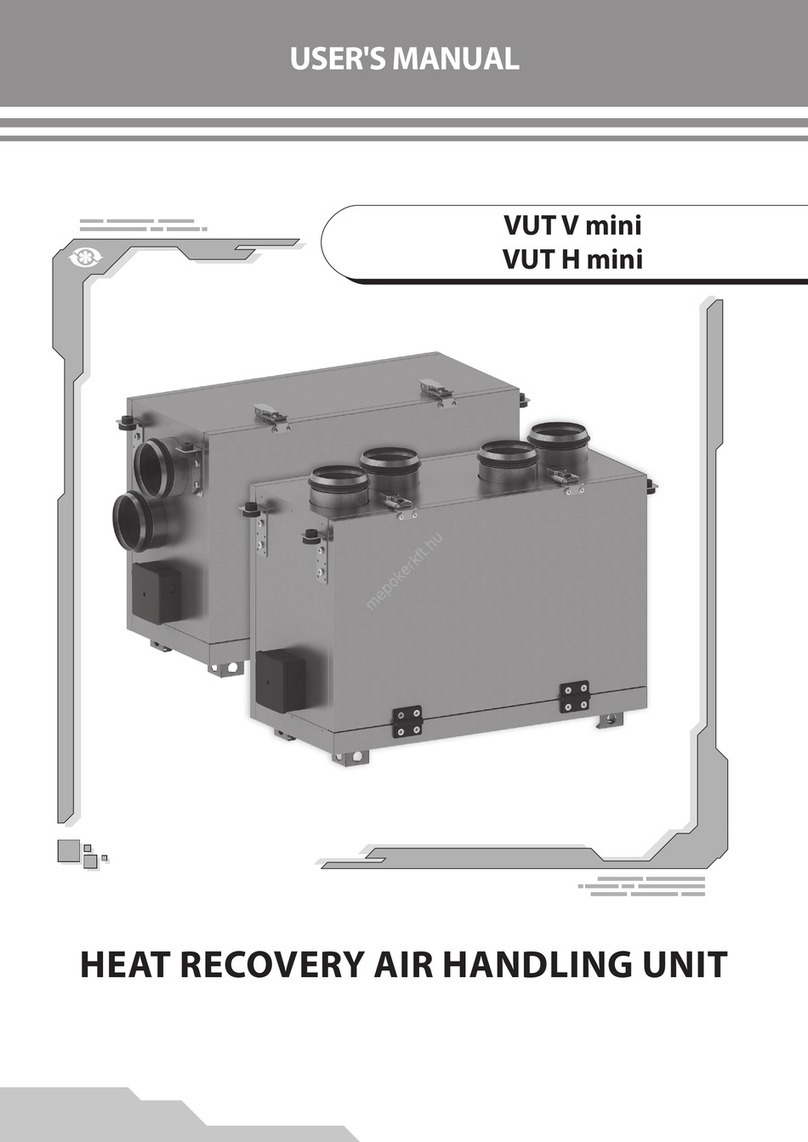
6 - Tank Installation and Commissioning
Installation must meet valid rules and may be done only by qualied staff.
After the tank is installed and connected to an existing heating system, it is recommended to clean the entire
heating system using a suitable cleaning agent, e.g. BP 400. Anti-corrosion protective liquid should be also
used, e.g. BP 100 Plus.
The electric heating element shall be wired by a professionally qualied person only.
Defects caused by improper installation, use or handling are not covered by warranty.
6.1 - Connection to heat sources
Place the tank on the oor, as close to your heat source as possible and level it. Connect the heating system
according to one of the schematic diagrams - see Chap. 5. Install a drain valve at the lowest point of the tank.
Install an air vent valve at the highest point of the system. Insulate all the connection piping.
6.2 - Heating element installation
Electric heating elements shall be installed into G 6/4“ side connections. They can be connected either directly
(elements with integrated thermostat) or via the controller of the entire heating system. Electric heating elements
shall be wired by a professionally qualied person only.
Warning: Electric heating elements shall be protected by a safety thermostat.
6.3 - Connection to water mains
The connection to the tank, including the ttings, is shown in the diagram of the recommended connections
in Chap. 5. DHW piping shall be done according to valid rules. Installation of a pressure reducing valve on
the immersed tank inlet is recommended. For water mains pressure above 6 bar a pressure reducing valve
is necessary. To prevent water loss, we recommend installing an expansion vessel at the cold water inlet with
a minimum volume of 4% of the total volume of water in the DHW piping, including heat exchangers, circulation
pipes, etc. (usually 8 l). Installation of an expansion vessel is one of the necessary conditions of the extended
warranty. Should the water be too hard, install a water softener upstream of the tank. In case the water contains
mechanical impurities, install a lter.
Table of limit values for total dissolved solids in hot water
Description pH Total dissolved
solids (TDS)
Ca Chlorides Mg Na Fe
Max. value 6,5 - 9,5 600 mg/l 40 mg/l 100 mg/l 20 mg/l 200 mg/l 0,2 mg/l
9 │
REGULUS - DUO N P Thermal Stores - www.regulus.eu
6.4 - Commissioning
During commissioning, the immersed hot water tank shall be lled and pressurized rst, after that the
thermal store can be lled. If the thermal store was lled rst, the DHW tank would get damaged!!!
The tank shall be lled up together with the heating system, respecting valid standards and rules. In order to
minimize corrosion, special additives for heating systems should be used. The quality of heating water depends
on the quality of lling water at commissioning, on the top-up water and on the frequency of topping up. This
has a strong inuence on the lifetime of heating systems. Poor quality of heating water may cause problems like
corrosion or incrustation, esp. on heat transfer surfaces.
Quality of DHW shall meet the conditions shown in the Table of limit values for total dissolved solids in
hot water in Chap. 6.3.
Fill the heating system with the appropriate uids and air-bleed the entire system. Check all connections for
leaks and verify the system pressure. Set the heating controller in compliance with the documentation and
manufacturer’s recommendations. Check regularly the proper function of all control and adjustment elements.
